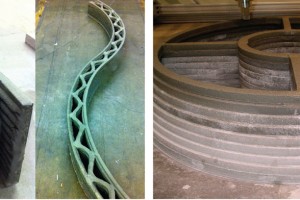Hope, Hype, or Hindrance for Structural Engineering
Machine learning (ML) is a branch of artificial intelligence (AI) that uses algorithms to find patterns in data and make predictions about the future, essentially enabling computers to learn without being programmed explicitly beforehand. While AI and ML have been active fields of study and research since the 1950s, they have exploded in popularity over the past decade. This explosion is thanks to deep learning (DL), a type of ML that leverages big data and neural networks to tackle a diverse range of problems, from image recognition and fraud detection to customer support chatbots and language translation. Figure 1 shows the relationship between AI, ML, and DL, while Figure 2 shows the three major types of ML.
…


